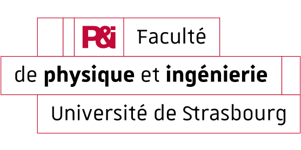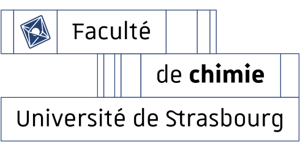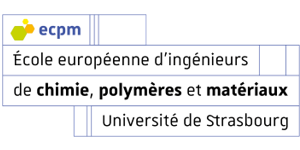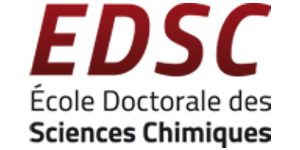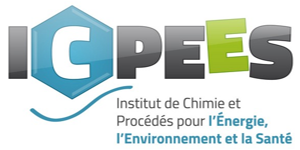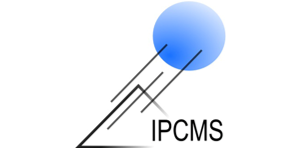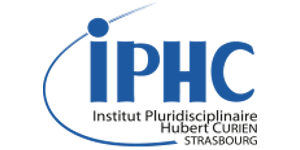S2MAT Surface and Hierarchical Structuration of Material
Addressing societal challenges in the areas of health, environment, and energy, this axis is dedicated to the creation of functional surfaces, interfaces, and hierarchical materials with precise control of the structure at different scales. This includes the controlled assembly of building blocks to develop high surface area, organic, inorganic c, or hybrid materials with the potential to evolve under external stimuli. In addition, research is carried out in soft condensed matter physics to improve our understanding of the fundamental mechanisms controlling the structure formation and structure/property relations from the molecular to the macroscopic scale.


